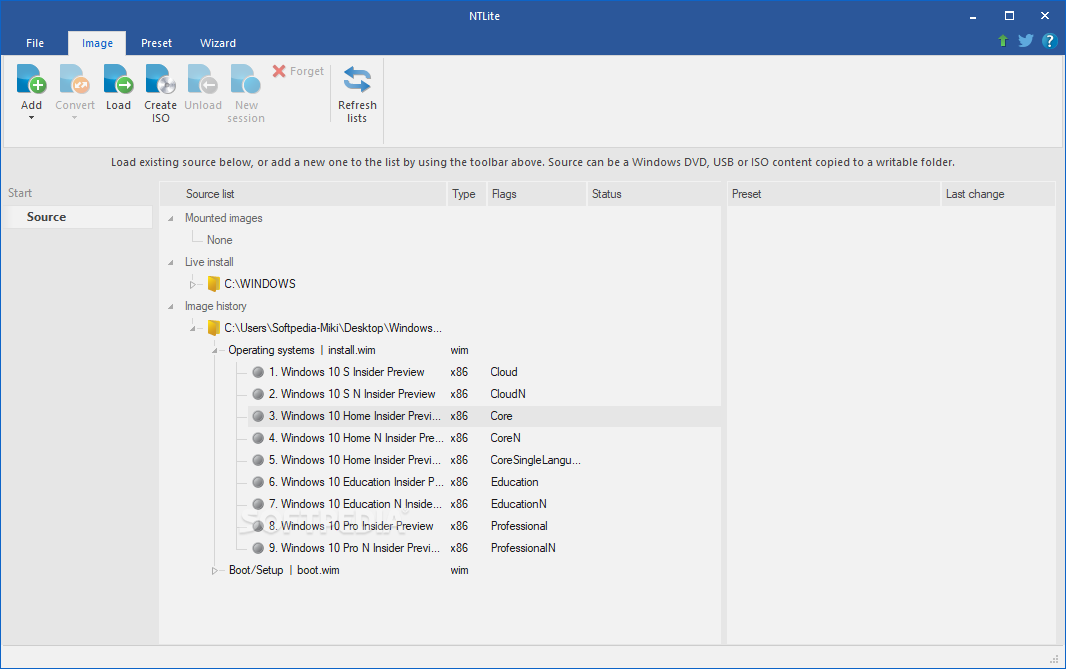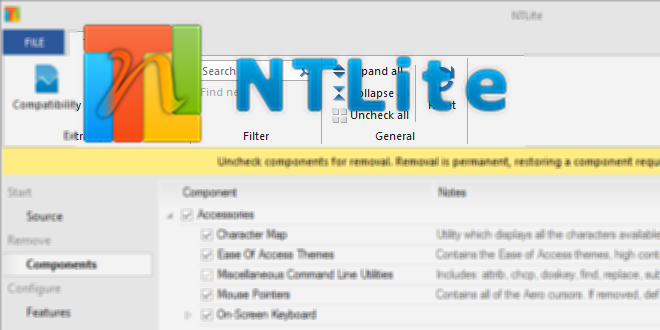

Rem copy $OEM$ files to tmp build folder. %rcopy% %source% %target% %rcparams% /mir /XD docs dotnetfx support valueadd Rem copy o/s source files to tmp build folder. $OEM$.work is the folder name of any extra files I want to copy down to the build CD.
HOW TO USE NTLITE WINDOWS
is the folder name of the Windows source. %~n0 returns the file name (no extension) of the running batch file. Nlite.cmd is the main batch file that does all the hardwork. The contents of this WXPP batch file are as offīin\nlite.cmd %~n0 $OEM$.work I use b1, b2 etc to denote my 'production builds' and z1, z2 etc to denote my 'in development builds'.

For Windows Server 2003, I might use .b1.cmd (R2 Entrerprise Edition).

HOW TO USE NTLITE LICENSE KEY
For example, to create a build of Windows XP Pro, SP2, volume license key for my work PC I create and run a batch file called .b1.cmd. Naming scheme - this is incredibly important as it makes it much more simple. With my process I've found that I can build an increasingly customised version of XP always being able to revert back to the last version if something goes wrong. Copy updated settings files back to build settings folder (saves them for next time!).Copy specific build settings files from build settings folder to nlite\presets folder.Copy additional files for $OEM$ folder to source folder.Create a new 'source' XP folder from a set of master folders (updates/refreshes folder if it already exists).The basic process uses a batch file to do the following steps - I'll use XP32 as my example, but this works for XP64 and all versions of W2K3: I've been using nLite for a couple of years now, and thought I'd mention how I've adapted my use of it to make building multiple nLite'd CDs rather more simple.


 0 kommentar(er)
0 kommentar(er)
